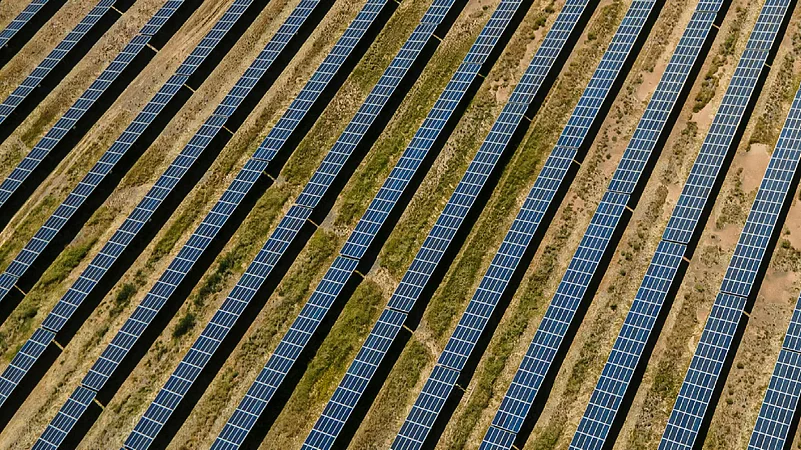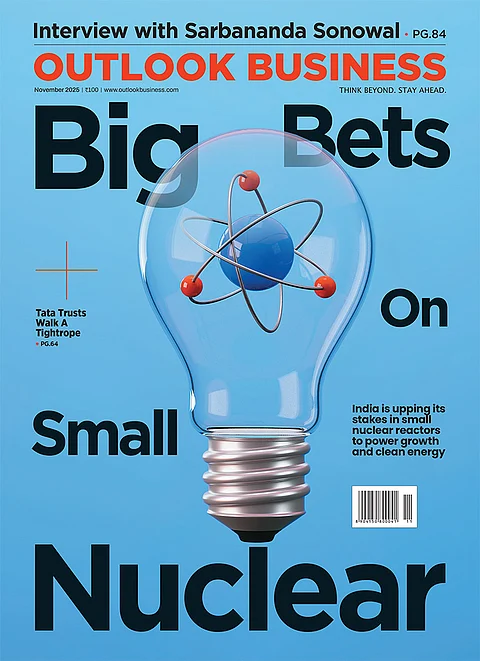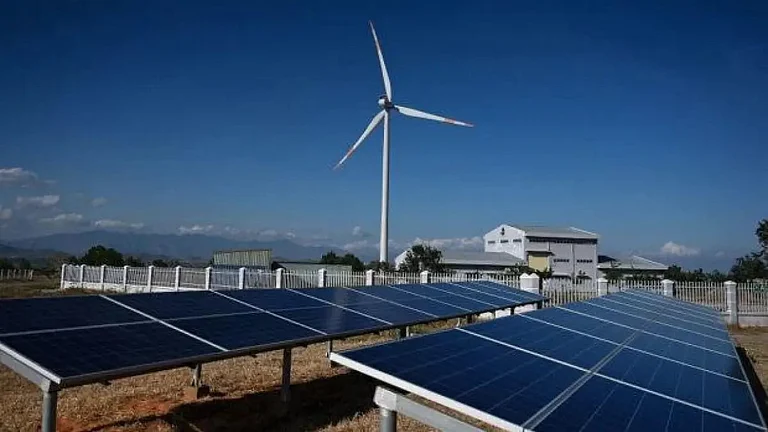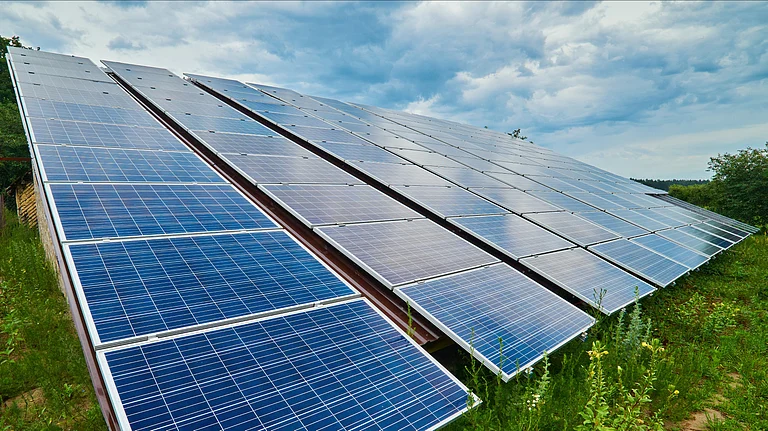
Global renewable energy capacity expected to double by 2030, led by solar.
India poised as second-largest renewable market but faces grid and financing hurdles.
Integration, policy clarity, and infrastructure improvements essential for sustainable growth.
India is expected to become the second-largest growth market as global renewable will expand 2.5 times by 2030, according to International Energy Agency (IEA) report. The report also underscored that the global renewable power capacity is expected to double between now and 2030, increased by 4,600 gigawatts (GW), roughly equivalent of adding China, the European Union and Japan’s power generation capacity combined to the global energy mix.
While the global renewable power capacity has reached 2.6 times its 2022 level by 2030, the report warned that it still falls short of the COP28, tripling pledge.
Heymi Bahar, the report’s lead author and senior analyst at the IEA confirmed to Down To Earth that the global energy transition is still not fast enough to hit the tripling target despite remarkable momentum. He further stated that grid bottlenecks, increasing financing costs and policy uncertainty remain the biggest barriers.
Solar photovoltaic (PV) systems continue to dominate the expansion story, accounting for nearly 80% of global renewable capacity growth. By 2030, solar PV alone is expected to generate more power than hydropower—becoming the world’s largest renewable source of electricity. Wind power, both onshore and offshore, follows as the next major contributor, while hydropower and geothermal maintain modest growth.
In addition, the report stated that the share of renewable in global electricity generation is projected to rise from 32% in 2024 to 43% by 2030, while the share of variable renewable energy sources is set to almost double to 28%.
Bahar also told Down To Earth that they are entering an era where variable renewables dominate the power mix. The challenge is no longer deployment, but integration.
Renewables Growth Faces Hurdles
India’s renewable energy sector is set to experience rapid growth, driven by both government initiatives and private sector investments.
According to the BloombergNEF (BNEF) New Energy Outlook 2023, India is expected to add 49 gigawatts (GW) of solar and wind power by the end of 2025.
However, the country may struggle to reach its target of 50% non-fossil fuel-fired power generation capacity by 2030 due to some significant bottlenecks, including challenges with land acquisition, grid connections and offtake.
Government action to relieve these obstacles and boost the market for clean energy power purchase agreements could help accelerate the low-carbon transition.































